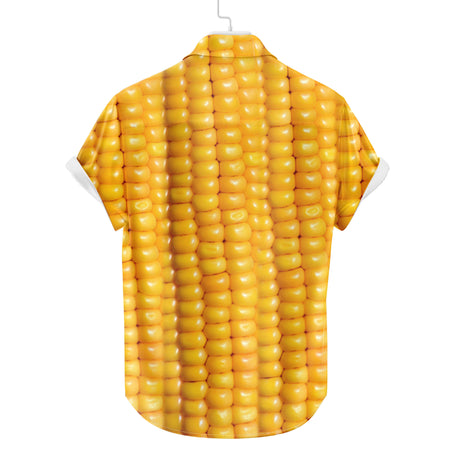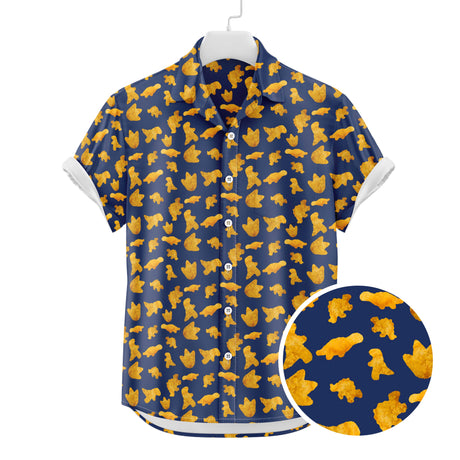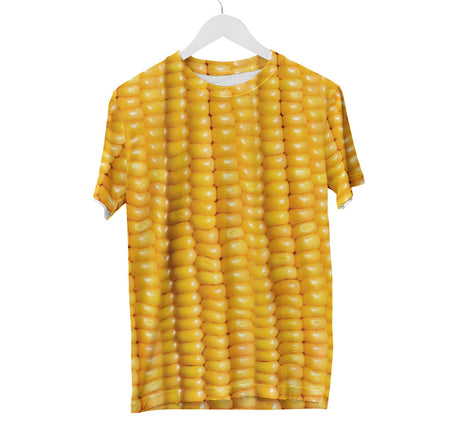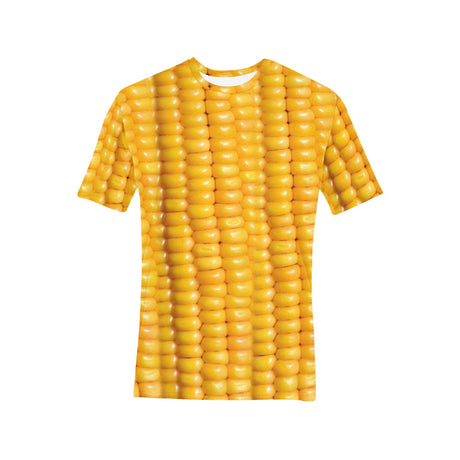What's the deal with red pandas?
So, you may have heard of red pandas. They're these adorable, fluffy creatures that look like a mix between a raccoon and a fox. But have you ever wondered why there are only 10,000 of them left in the world? Let's dive into this puzzling question and uncover the truth behind the scarcity of red pandas.
Red pandas: The hidden gems
First things first, red pandas are native to the eastern Himalayas and southwestern China. They live in high-altitude forests and spend most of their time up in the trees. These little guys are quite elusive, making them hard to spot in the wild. It's like they have their own secret club up there!
The shrinking habitat
One of the main reasons for the limited number of red pandas is the loss of their natural habitat. Deforestation and human encroachment have significantly reduced the forests where they reside. Imagine someone barging into your house and taking away your favorite hiding spots. Not cool, right?
Food, glorious food!
Red pandas have a very specific diet consisting mainly of bamboo. They munch on bamboo shoots, leaves, and even the occasional fruit. But here's the catch: bamboo is not the most nutritious food out there. These little guys have to eat a lot of bamboo to get the energy they need. It's like surviving on a diet of celery and lettuce. Yikes!
Slow and steady
Red pandas are not exactly known for their reproductive prowess. They have a slow breeding rate, with females only giving birth to one or two cubs every couple of years. Talk about taking your time! This slow reproduction combined with other factors makes it difficult for their population to bounce back.
Conservation efforts
Despite the challenges, there is hope for the red pandas! Conservation organizations and local communities are working together to protect their habitats and raise awareness about these adorable creatures. By supporting these efforts, we can help ensure a brighter future for the red pandas.
Conclusion
So, the next time you come across a red panda, remember that they are a rare and precious species. Their limited numbers are a result of habitat loss, a specialized diet, slow reproduction, and other factors. Let's appreciate these quirky, fun-loving creatures and do our part to protect them. After all, who wouldn't want more red pandas in the world?
















